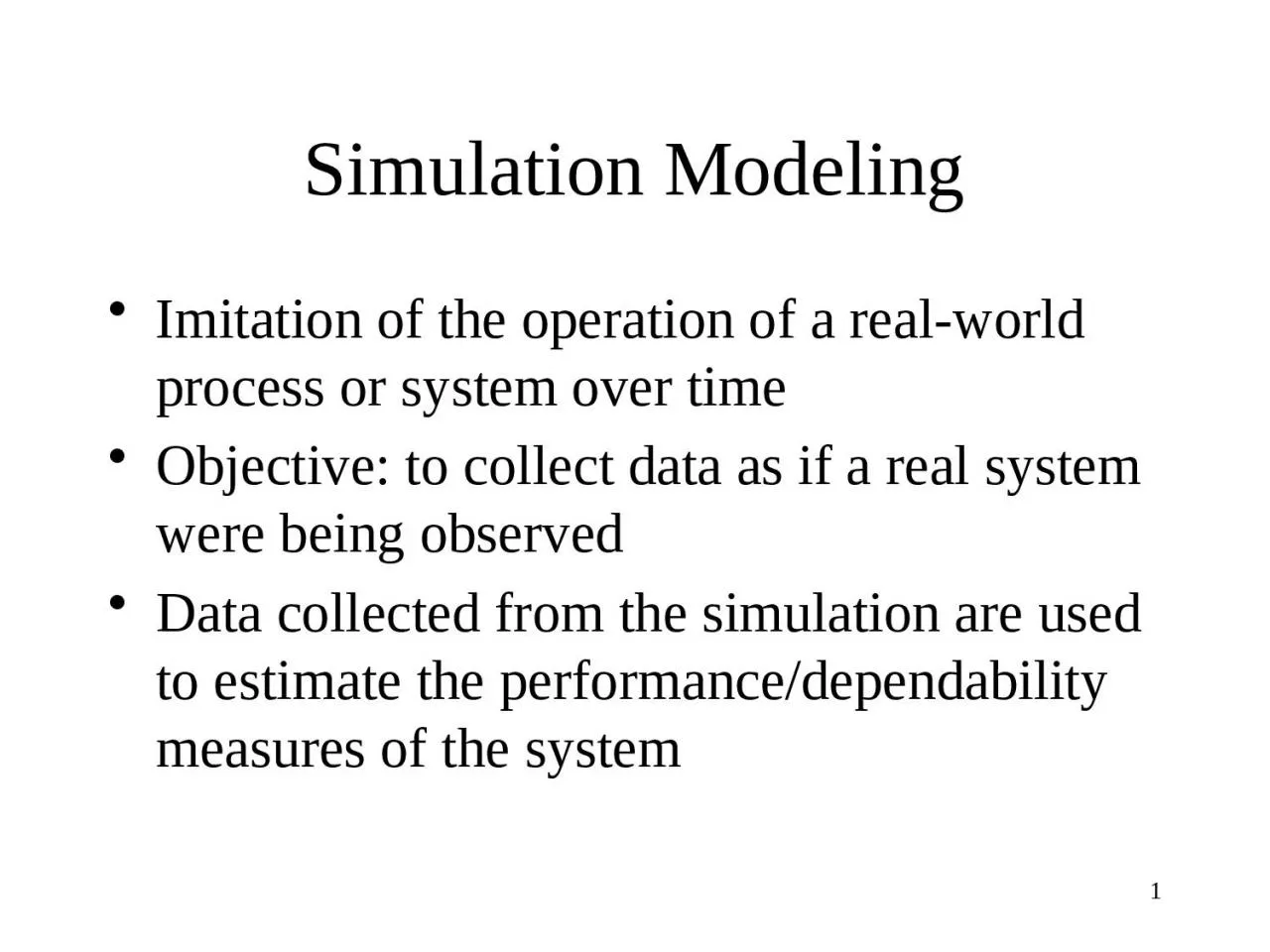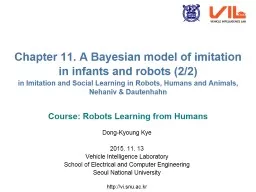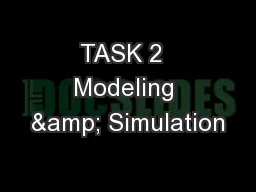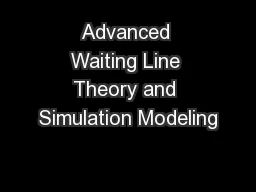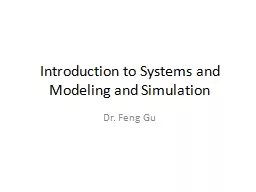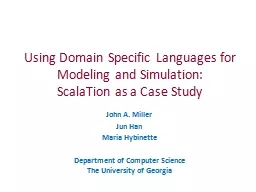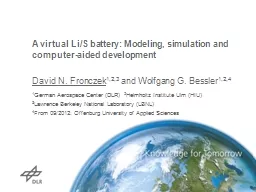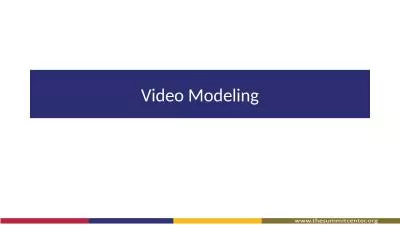PPT-1 Simulation Modeling Imitation of the operation of a real-world process or system over
Author : riley | Published Date : 2023-11-11
Objective to collect data as if a real system were being observed Data collected from the simulation are used to estimate the performancedependability measures of
Presentation Embed Code
Download Presentation
Download Presentation The PPT/PDF document "1 Simulation Modeling Imitation of the o..." is the property of its rightful owner. Permission is granted to download and print the materials on this website for personal, non-commercial use only, and to display it on your personal computer provided you do not modify the materials and that you retain all copyright notices contained in the materials. By downloading content from our website, you accept the terms of this agreement.
1 Simulation Modeling Imitation of the operation of a real-world process or system over: Transcript
Download Rules Of Document
"1 Simulation Modeling Imitation of the operation of a real-world process or system over"The content belongs to its owner. You may download and print it for personal use, without modification, and keep all copyright notices. By downloading, you agree to these terms.
Related Documents

